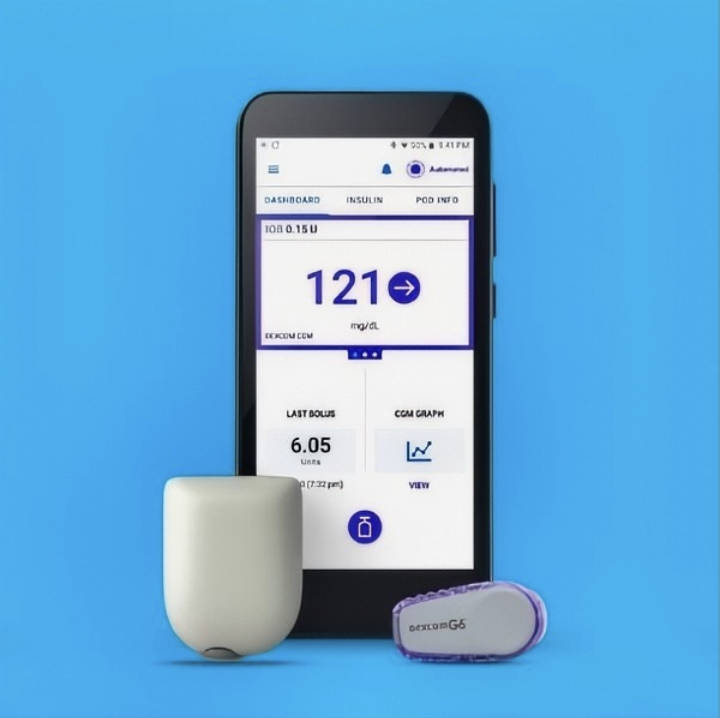VX-264: A Diabetes Breakthrough That Didn’t Work as Planned
Written by: Daniel Trecroci
3 minute read
March 31, 2025
Scientists at Vertex Pharmaceuticals tested VX-264, a therapy using special cells inside a small device to help people with type 1 diabetes produce insulin again.
The good news: VX-264 was safe for participants.
The bad news: It didn’t generate enough insulin to be effective.
Because of this, Vertex is halting VX-264 but plans further studies to understand why it fell short.
Zimislecel: A more promising approach
Vertex is also developing zimislecel (formerly VX-880), which has shown promising and hopeful results.
Zimislecel provides patients with insulin-producing cells alongside immunosuppressants (medications that weaken the immune system to prevent the body from rejecting the therapy) to help them function properly.
Zimislecel is in the final phase of clinical testing, expected to conclude by mid-2025.
If successful, Vertex will seek regulatory approval in 2026.
The treatment could benefit about 60,000 people in the U.S. and Europe with difficult-to-control blood sugar.
Due to its potential to revolutionize type 1 diabetes care, zimislecel has received special recognition from the FDA and EMA. These designations are reserved for treatments that show promise in tackling serious medical conditions or unmet needs.
Sana Biotechnology’s UP421: Another potential breakthrough
Vertex isn’t alone in advancing type 1 diabetes treatments.
Sana Biotechnology is testing UP421, a therapy using donor cells to restore insulin production.
Early results from January 2025 showed that one patient began producing insulin just four weeks after receiving UP421.
While promising, much more research is needed before something like this will be available to everyone.
A future full of possibilities
The type 1 diabetes treatment market is projected to reach $17.5 billion by 2033.
However, developing new therapies is complex, with high failure rates and rigorous approval processes.
Despite setbacks, innovations like zimislecel and UP421 offer hope. As research advances, the future for people with type 1 diabetes continues to brighten.
The road ahead: Funding and advocacy for a cure
Scientific breakthroughs like zimislecel and UP421 underscore the vital role of clinical trials in advancing diabetes care.
However, progress hinges on sustained funding and advocacy.
You can make a difference by supporting medical research and advocating for diabetes funding.
Organizations like the Diabetes Patient Advocacy Coalition offer resources and tools to help you advocate for policies that promote diabetes research.
You can also join studies via the clinical trial finder tool to support advancements.
Together, we can pave the way for life-changing therapies.

Author
Daniel Trecroci
Dan has written about diabetes for more than 20 years. He was one of Diabetes Health's first hires. Throughout his 10+ years as Managing Editor, he wrote/published thousands of articles and helped establish Diabetes Health as the premiere resource for people with diabetes. He later became the Content Manager for OneTouchGold—Johnson & Johnson/LifeScan’s official digital publication for its metering technology customers. Under his leadership, OneTouchGold received the Web Marketing Association’s award for “Best Health & Wellness" web site. Dan has also written for the Diabetes Research Institute, dLife, diaTribe, Healthline, CareDx, Pendulum Therapeutics, and Hero Bread.
Related Resources

Sequel just announced big news for people living with type 1 diabetes: Its twiist™ automated...
Read more

The U.S. Food and Drug Administration (FDA) has approved Merilog (insulin-aspart-szjj), a biosimilar to Novolog...
Read more

Managing type 2 diabetes with insulin can be challenging, but a new study shows the...
Read more

